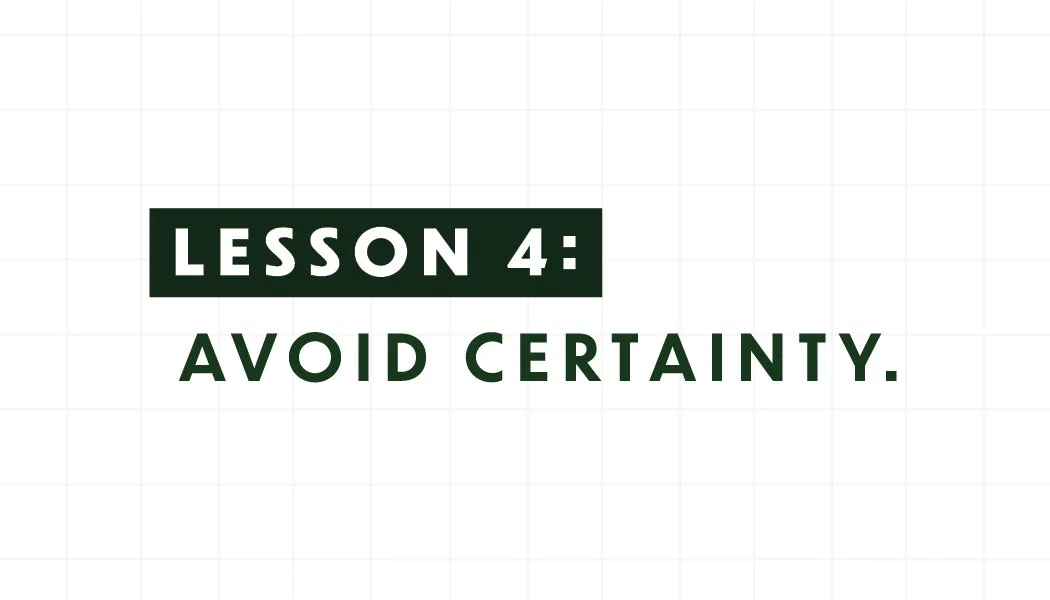AVOID CERTAINTY (THE ACHILLES’ HEEL OF SCIENCE).
There is comfort in believing things are certain because we can stop thinking about them and worrying about them. But conditions and knowledge continue to evolve and change. What we thought certain yesterday, may turn out to be wrong tomorrow. If we are certain we are right, we stop learning and improving. We should listen carefully to the opinions of others – especially of those who disagree with us – and pursue diversity in teams to expand our understanding. By avoiding certainty we keep an open mind and seek to continuously improve our approach to solving the problem we are working on. Indeed, continuous improvement is based on the idea that we did not start with certainty.
PART 4.1
Mass vaccination was the tried-and-true approach to smallpox eradication. Mass vaccination success was measured by the percentage of the population that was vaccinated, in order to achieve herd immunity. Most countries, WHO and other multilateral organizations were committed to this approach and operationally tied the goals to this strategic approach. But it wasn’t working in poor countries in Africa and Asia. In India, health officials thought that if they could vaccinate 80% of the population, they would reach “herd immunity” and smallpox would not be able to spread. But there were many places where they could not reach 80% of the population. Some places were too densely populated and had too much disease for eradication to work when no more than 80% of the population was vaccinated. In other places, vaccination workers were rewarded for vaccinating lots of people and thus had an incentive for reporting higher than actual numbers of vaccinated people. Despite these problems with the mass vaccination approach, WHO was concerned that changing strategies would cause governments to lose confidence in the eradication program. They were quite certain that the mass vaccination strategy would work.
FEATURING
Dr. Bill Foege, Senior Advisor, Bill & Melinda Gates Foundation
Dr. Susmita Parashar, Associate Professor, Emory University School of Medicine
PART 4.2
Women and their babies were dying from complications of home labor and delivery. Nana and her colleagues were pretty sure that they understood the problem. They thought this was happening because when the women went into labor they had no way to get themselves to their local healthcare facility. They thought that transportation to healthcare facilities that was local, affordable, and accessible was needed. Yet even after MAZA implemented motorized tricycles operated by local drivers in the community to transport women to healthcare facilities, the women were not going to the healthcare facilities. They were not using the transportation even when transportation was provided for free. Nana and her team realized that they were trying to solve the wrong problem. The problem was not a lack of transportation. They realized that they needed to start over and understand the problem better.
FEATURING
Dr. Nana Twum Danso, Senior Vice President, Global Institute for Healthcare Improvement and Founder and CEO of MAZA
PART 4.3
When HIV first became prominent as a mysterious disease, people had many theories of how it was spread, almost all of them focused on the “immoral and drug-fueled” sexual activities of highly stigmatized groups. They not only held very strong views but they were absolutely certain that they were right. But the public, politicians and scientists were all challenged to rethink their ideas of spread when confronted by reports that the disease could be transmitted by infusing clotting factors from a donor to a patient with hemophilia.
FEATURING
Dr. Jim Curran, Dean, Rollins School of Public Health, and Co-Director of Emory Center for AIDS Research
PART 4.4
In the early 2000’s WHO had adopted the ambitious goal of getting 3 million people on antiretroviral medicines by 2005. But some people thought this was too ambitious a goal and that it could never be achieved. Leaders were afraid of making a mistake and being wrong, so they were hesitant to act until they were certain they could achieve their goal. Yet waiting would cause costly delays as the disease raged on, and prevent otherwise ambitious and very important programs from making progress.
FEATURING
Dr. Matshidiso Moeti, Regional Director of the WHO Africa regional office
Avoid Certainty (the Achilles’ heel of science).
Be cautious of the “way it's always done”.
Keep an open mind.
Be open to new questions and potential new solutions.
Because an approach works in one situation, that does not mean it is the right approach in all situations.
Listen to all stakeholders, especially those who hold ideas that are very different from your own.
Be willing to challenge your assumptions.
Resisting certainty takes courage.
Certainty means that we are not open to learning about the world by applying the scientific method. Certainty puts an end to continuous improvement and evaluation.
LESSON 4:
THE BIG IDEAS
To learn more about this topic, refer to the additional resources below. For in-depth concepts, refer to the deeper dives. Click the glossary link to find key terms in this lesson.
Additional Resources
· Framework for Program Evaluation - CDC
· The Problem With Certainty - by Morela Hernandez
· No Ordinary Genius: The Illustrated Richard Feynman - by Christopher Sykes
· FEYNMAN: NO ORDINARY GENIUS Part One - 50mins on Vimeo
· FEYNMAN: NO ORDINARY GENIUS Part Two - 50mins on Vimeo
· Conversation Agent - Valeria Maltoni - Richard Feynman on Knowing Something and Certainty
LESSON 4:
Additional resources
THIS LESSON WAS MADE POSSIBLE BY THE FOLLOWING CONTRIBUTORS
Kate Adelung, Nina Alcacio, Michael Bartenfeld, Sarah Borgman, Amanda Brayman, Hannah Burris, Amy Carzo, Prarthna Desai, Gabriel Diamond, Veronica Garcia, Eric Hansen, Lynn Heinisch, Mary Hilpertshauser, Mabel Jiri, Bruce Lowry, Amy Mayberry, Nancy Messonnier, Matthew Morse, Sakuya Oka, Ben Pyne, Sumon Ray, Svetlomir Slavchev, Joel Stanojevich, Emily Staub, Kelly Stewart, Anushka Swalef, Lisa Valente, Bill Warren, Lisa Wiley, and Sydney Yang
Images and Videos provided by: CDC Public Health Image Library, Emory University, Gavi, The Vaccine Alliance, Getty Images, MAP International, MAZA, Personal Collection of Susmita Parashar, Shutterstock, The Carter Center, UNICEF, and the World Health Organization
OUR FUNDERS
CONRAD N. HILTON FOUNDATION, CDC FOUNDATION, FORD FOUNDATION, GATES VENTURES, ROCKEFELLER FOUNDATION, SKOLL FOUNDATION, THE CARTER CENTER, THE TASK FORCE FOR GLOBAL HEALTH

